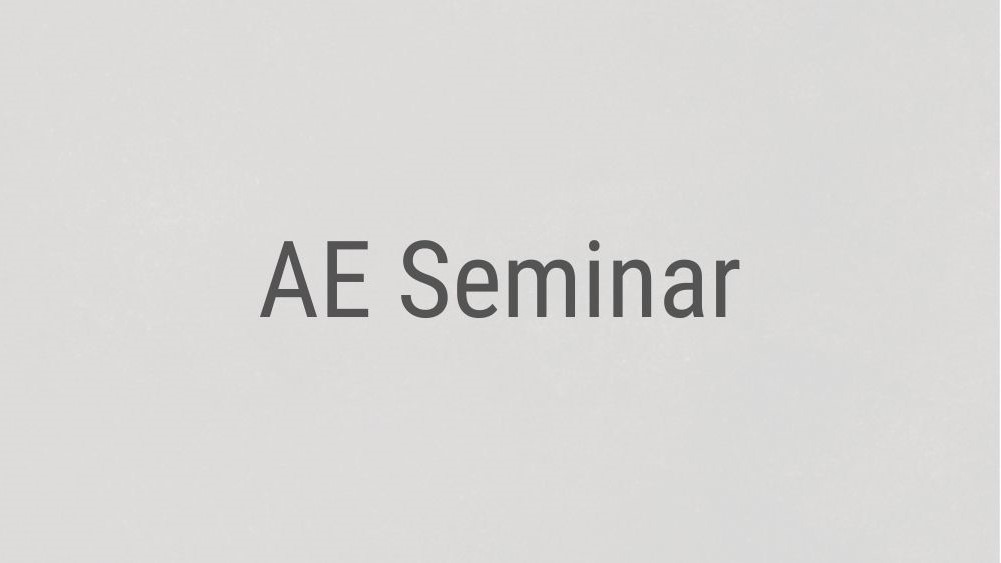
- This event has passed.
Design and characterization of periodic scatterers for noise insulation
June 14, 2024 @ 4:00 PM - 5:00 PM

The array of periodic scatterers is known as sonic crystal at present and sonic crystal is the most cost-effective solution for a “noise barrier” because of its acoustic attenuation due to size, geometry, and periodic arrangement of scatterers. Porous materials that are commonly used for sound absorption have poor sound insulation capability. In this work, rigid scatterers are installed periodically inside porous materials to improve their transmission loss (TL) with the Bragg diffraction. The Delany-Bazley impedance model is used to model the porous material and the transfer matrix method is adopted to calculate the TL of the mixed structure in a duct. Simulation results with a different number of scatterers and porous materials with different airflow resistivity show that the TL of porous materials can be increased significantly with periodically arranged scatterers. The decoupled analysis reveals that the TL of the mixed structure is larger than the sum of the TL of individual components in most frequency bands, except that around the first Bragg resonance frequency. Afterwards, the insertion loss (IL) of two types of finite size structures constructed by installing two parallel porous sheets within rows of periodic scatterers is investigated in free field. Next, the free field insertion loss (IL) and echo reduction (ER) are calculated for finite size periodic scatterers via time domain simulations in a room environment where the walls of the room are acoustically reflective. A spectrally dense short pulse is used as a sound source and the time domain pulse separation technique is devised to calculate the IL and ER of finite size periodic scatterers. The key discovery of the research is that the calculated IL and ER of periodic cylindrical scatterers in a room environment agree to results obtained from the free field simulations which are also imitable experimentally. Next, the experiments are conducted in a room environment with periodic cylindrical scatterers. A loudspeaker is used as a sound source. The signal synthesis technique is demonstrated to generate the desired short pulse from a loudspeaker for measurement in given environment followed by measurements which agree to simulation results.
Speaker: Dr. Dibya Prakash Jena
Biography: Dr. Dibya Prakash Jena is an expert in artificial metamaterials, condition monitoring, and acoustics, vibration and noise control having wide experience in industry and academia. He has been awarded the DIN Young Visiting Fellowship 2022 and the Honorary Research Fellow of the University of Technology Sydney. He has over 32 journal publications, 4 patents, 2 book chapters and 12 conference publications.